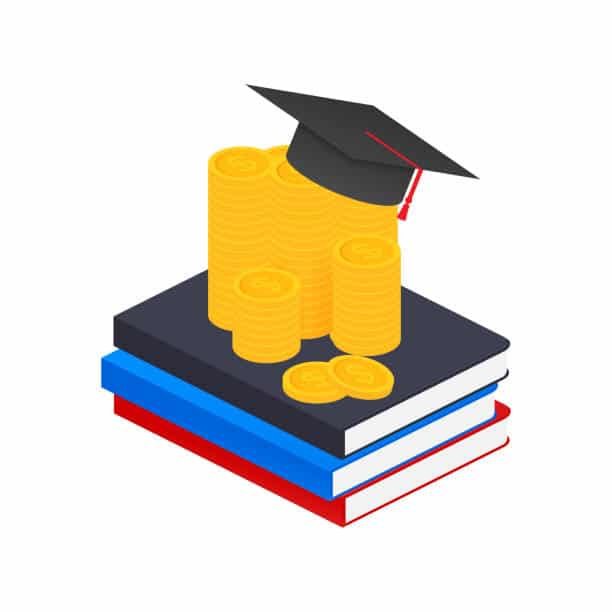The United States is known for its renowned institutions of higher education, and many domestic and international students seek educational opportunities in the country. However, obtaining a degree in the US can be a costly endeavor, resulting in the need for educational financing.
In this article, we will explore the options for student loans in the US, detailing the key information on the subject and discussing financing alternatives.
Learn all about student loan options in the US

Access to education in the United States is highly valued, but many students are faced with the need for financing to cover the costs of tuition, books, housing, and other education-related expenses.
Fortunately, there are various loan options designed to assist students in achieving their educational goals. Let’s explore these options in detail and understand how they work.
Federal student loans
Federal student loans are one of the primary forms of educational financing in the US. They are provided by the federal government and offer several advantages, such as lower interest rates and flexibility in payments.
There are two main types of federal student loans: Subsidized and Unsubsidized.
- Subsidized Loans: These loans are based on the student’s financial need. During the study and grace period, the government pays the interest, alleviating the financial burden on the student. After graduation, the student begins to repay the loan with low-interest rates.
- Unsubsidized Loans: These loans are not based on the student’s financial need, and interest begins accumulating from the time of disbursement. However, they still offer lower interest rates compared to private loans, making them an attractive option for many students.
Private student loans
In addition to federal loans, students in the US can also opt for private loans. These loans are provided by financial institutions, such as banks and credit unions, and tend to be more flexible in terms of the amount borrowed. However, they often come with higher interest rates compared to federal loans.
Private loans can be useful for those who need to cover additional costs beyond what federal loans can offer. However, it is important to consider interest rates and repayment terms when opting for private loans, and it is advisable to explore all options before making a decision.
Loan forgiveness and repayment programs
For many students, the idea of accumulating significant debt to finance their education is concerning. Fortunately, there are loan forgiveness programs and income-driven repayment plans that can alleviate this financial burden.
- Loan Forgiveness Programs: These programs offer the possibility of having part or all of the loan debt forgiven after meeting certain requirements, such as public service or teaching in high-need areas. A notable example is the “Public Service Loan Forgiveness Program,” which benefits those working in the public service sectors.
- Income-Driven Repayment Plans: These plans adjust monthly loan payments based on the borrower’s income. This allows graduates to pay according to their financial capacity, making payments more affordable and sustainable.
Free Application for Federal Student Aid
The Free Application for Federal Student Aid (FAFSA) is the official financial aid application provided by the U.S. Department of Education. Each year, more than 17.6 million American college students complete the FAFSA to request various types of scholarships and student loans.
The FAFSA is an integral part of Federal Student Aid, a division within the U.S. Department of Education responsible for managing government student financial assistance programs.
Tips for Managing Student Loan Debt
In addition to knowing the available loan options, it is crucial to understand how to effectively manage student loan debt. Here are some important tips:
- Smart Budgeting: Creating a budget that takes loan payments into account is crucial. This helps maintain control over finances and prevents default.
- Early Payments: Making early payments whenever possible can help reduce the total loan amount, saving money on long-term interest.
- Loan Consolidation: Loan consolidation can be an option to simplify the payment of multiple loans into a single loan with a fixed interest rate. However, this may affect eligibility for certain loan forgiveness programs.
Student loans in the United States are a valuable tool for financing a quality education, but it is essential to understand the available options and plan ahead to effectively manage the resulting debt.
Federal and private loans offer flexible alternatives, and loan forgiveness programs and income-driven repayment plans help alleviate financial pressure.
With the right knowledge and a solid financial management plan, students can move forward with their pursuit of a degree in the United States, achieving their educational goals without compromising their financial future.

